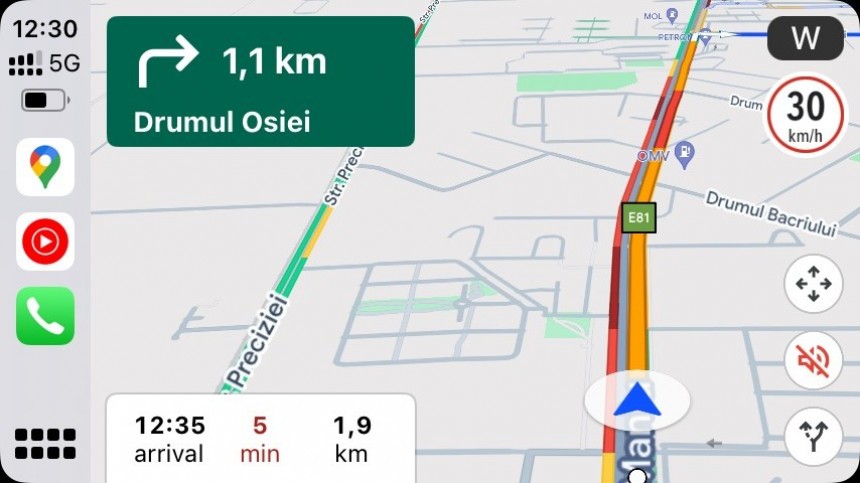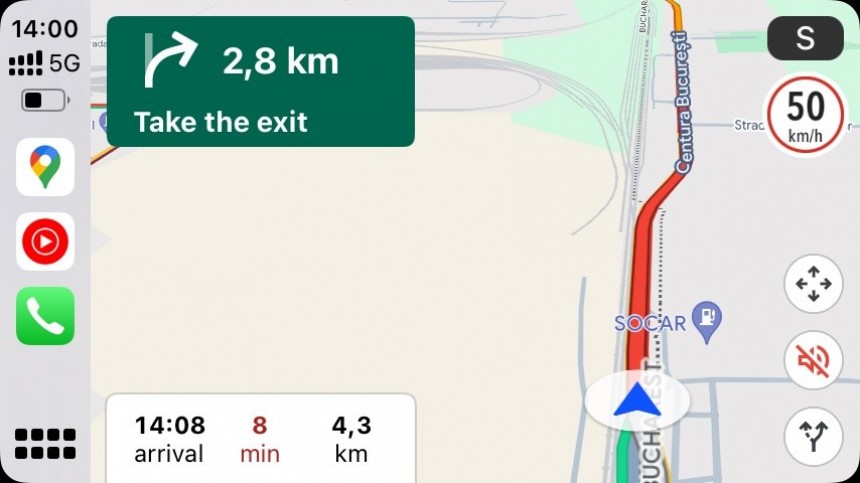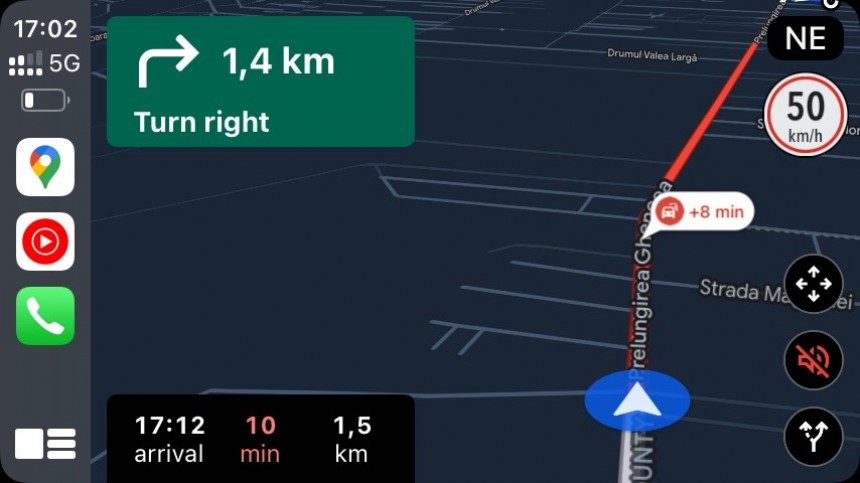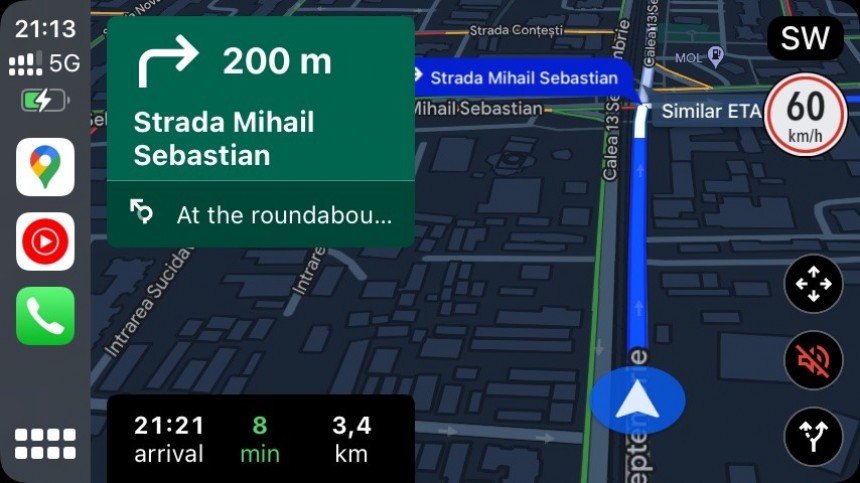Millions of drivers rely on Google Maps and Waze every day for a simple reason: they find faster ways to reach their destinations, mainly because they’re aware of what happens on the road ahead.
Waze is a master in this regard. While most data is collected from devices running the app, even when navigation is not enabled, users can also contribute with traffic reports. The application uses the information to generate warnings for other users, including for hazards like accidents, roadkill, bad weather, and speed traps.
Google Maps’ main weapon is the gigantic userbase, as millions of devices contribute with data that helps the app understand road conditions and provide drivers with more accurate routes.
Several readers told me in the last few months that one of the most important features missing in Google Maps and Waze is the support for navigating using the shortest routes. If implemented, these users claim, the shortest routes would allow them to navigate to a destination by traveling less from a distance perspective.
However, the shortest routes don’t make sense in apps like Google Maps and Waze.
The first thing you must know is that all these applications try to get users to their destinations as fast as possible. As a result, they look at traffic conditions to understand what happens on the road and look for a route to the destination. Google Maps and Waze try to avoid slowdowns and traffic jams, albeit this is sometimes impossible because all routes encounter high volumes of traffic.
Google Maps and Waze look at all public roads where a car is allowed to drive. It also looks at the user’s settings, such as instructions to avoid highways or ferries, and generates a route to match the configuration.
Because all routes are always suggested based on traffic conditions, they are considered the fastest. Google Maps also includes options for fuel-efficient routes, which allow drivers to save fuel and reduce emissions, albeit their ETA is typically similar to the fastest routes.
So why doesn’t an option to navigate using the shortest route make sense?
Google Maps and Waze want to get you from where you are to where you want to be as fast as possible. The suggested route may or may not be the shortest, but it’s typically safe to assume that using the recommended route would allow you to arrive at the destination faster than if you’d be using the shortest.
Due to traffic conditions, the shortest route is not the fastest. It’s also not the most fuel-efficient, especially if you spend more time in traffic.
While Google Maps and Waze don’t allow users to select the shortest route when searching for turn-by-turn navigation to a destination, they can still pick it from the route selection screen when previewing the journey. Google Maps displays the distance and the ETA for each suggested route, so users can manually see the shortest option and pick it before starting navigation.
However, Google Maps can’t default to the shortest route. It can only look for the fastest and fuel-efficient routes when defining a destination.
Defaulting to the shortest route can backfire for any application like Google Maps and Waze. If the two apps keep sending drivers on the shortest route to a destination, this route will eventually become filled with cars, producing heavy traffic and generating significant ETA increases.
As a result, always suggesting the shortest route doesn’t make sense from an ETA and fuel efficiency perspective. The two apps try to get everybody to their destinations in the shortest time, even if this approach adds more miles to the journey.
Traditional GPS navigators and applications that don’t consider traffic conditions when generating routes could still provide a “shortest route” option. However, because they don’t analyze additional factors, including real-time traffic, the shortest route could include major traffic jams, accidents, or other slowdowns that increase the ETA. You might arrive at your destination later than when using a longer route, which avoids traffic issues.
The navigation logic has only one major shortcoming: what if the fastest route is only 1 minute faster than the shortest route but adds several more miles to the journey? The trade-off wouldn’t make sense, and many users believe that allowing them to always see the shortest and the fastest routes in a preview screen would make more sense.
The same thing happens for other vehicles besides cars, such as motorcycles, where the shortest route is often the fastest.
What do you think? Should navigation apps highlight the shortest route to the destination side-by-side with the fastest alternative? You can use the comment box after the jump to join the conversation. If you use another app specifically for the shortest routes, please share its name so others can give it a try.





